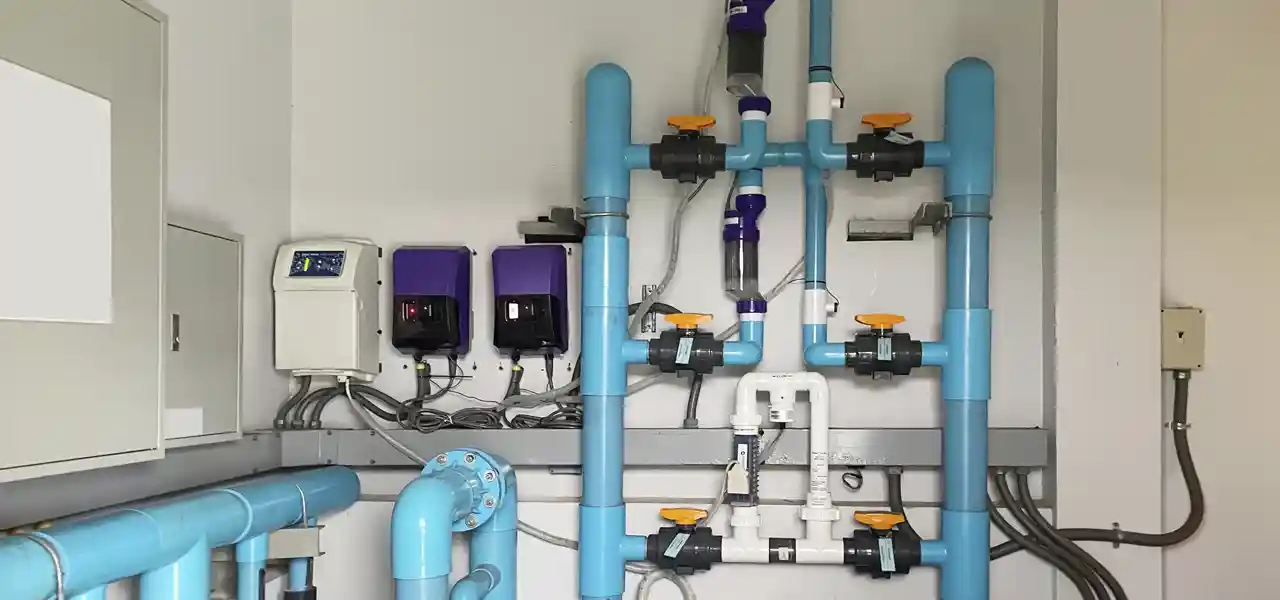If it is not low voltage lighting and the conduit is nonmetallic, you need to install a "Bonding Jumper", which sounds like is it part of the bonding grid, but its purpose is to provide a supplemental
ground to the ground in a 120 volt light cord.
Bonding has always required solid wire.
The bonding jumper (supplemental ground) can be solid or stranded and it should be green since it is an equipment grounding conductor.
(2) Wiring Extending Directly to the Forming Shell.
Conduit shall be installed from the forming shell to a junction box or other enclosure conforming to the requirements in 680.24.
Conduit shall be rigid metal, intermediate metal, liquidtight flexible nonmetallic, or rigid nonmetallic.
(a) Metal Conduit. Metal conduit shall be approved and shall be of brass or other approved corrosion-resistant metal.
(b) Nonmetallic Conduit. Where a nonmetallic conduit is used, an
8 AWG insulated solid or stranded copper bonding jumper shall be installed in this conduit unless a listed low-voltage lighting system not requiring grounding is used. The bonding jumper shall be terminated in the forming shell, junction box or transformer enclosure, or ground fault circuit-interrupter enclosure. The termination of the 8 AWG bonding jumper in the forming shell shall be covered with, or encapsulated in, a listed potting compound to protect the connection from the possible deteriorating effect of pool water.
View attachment 454234



